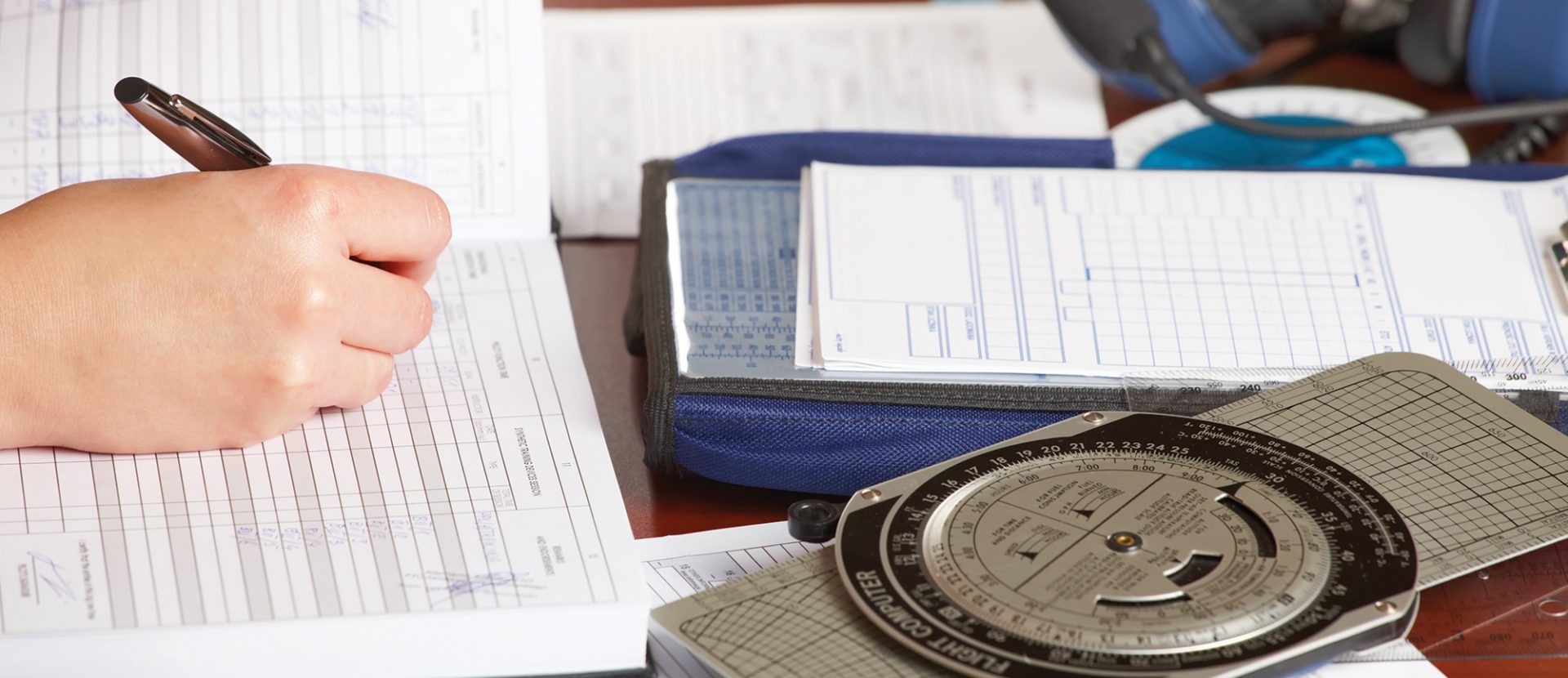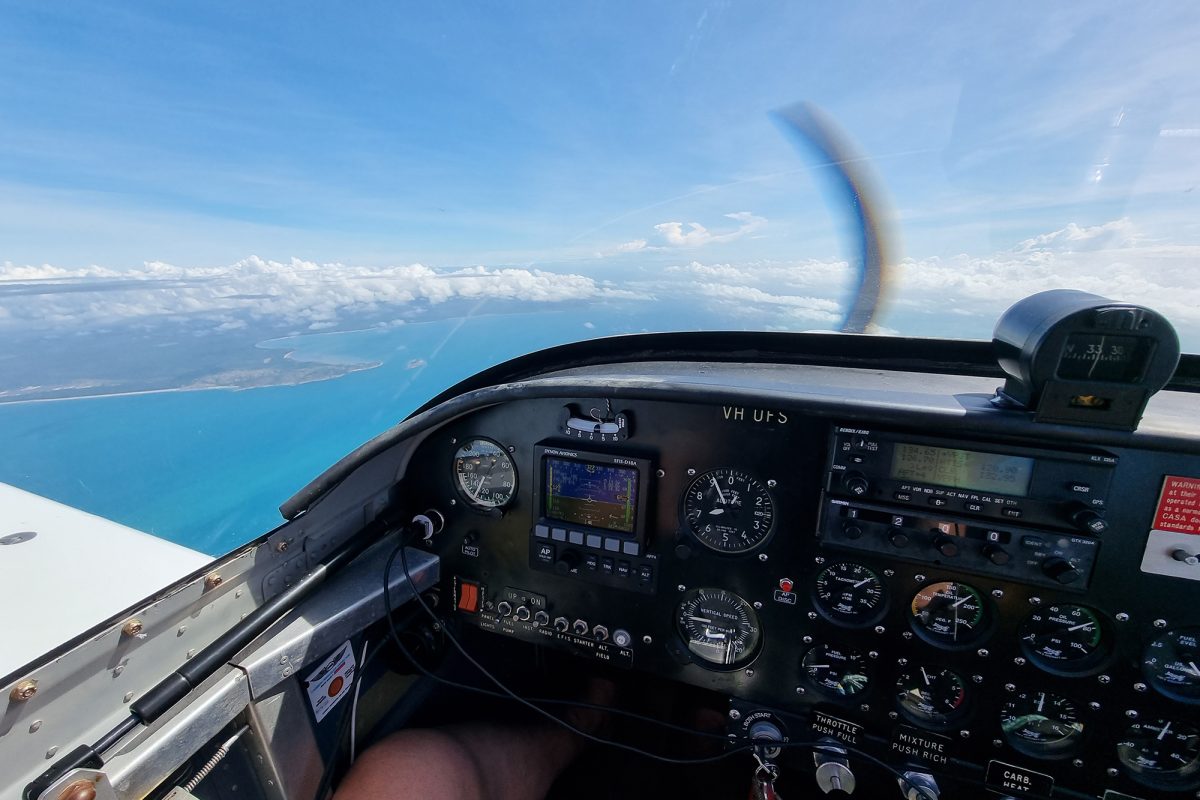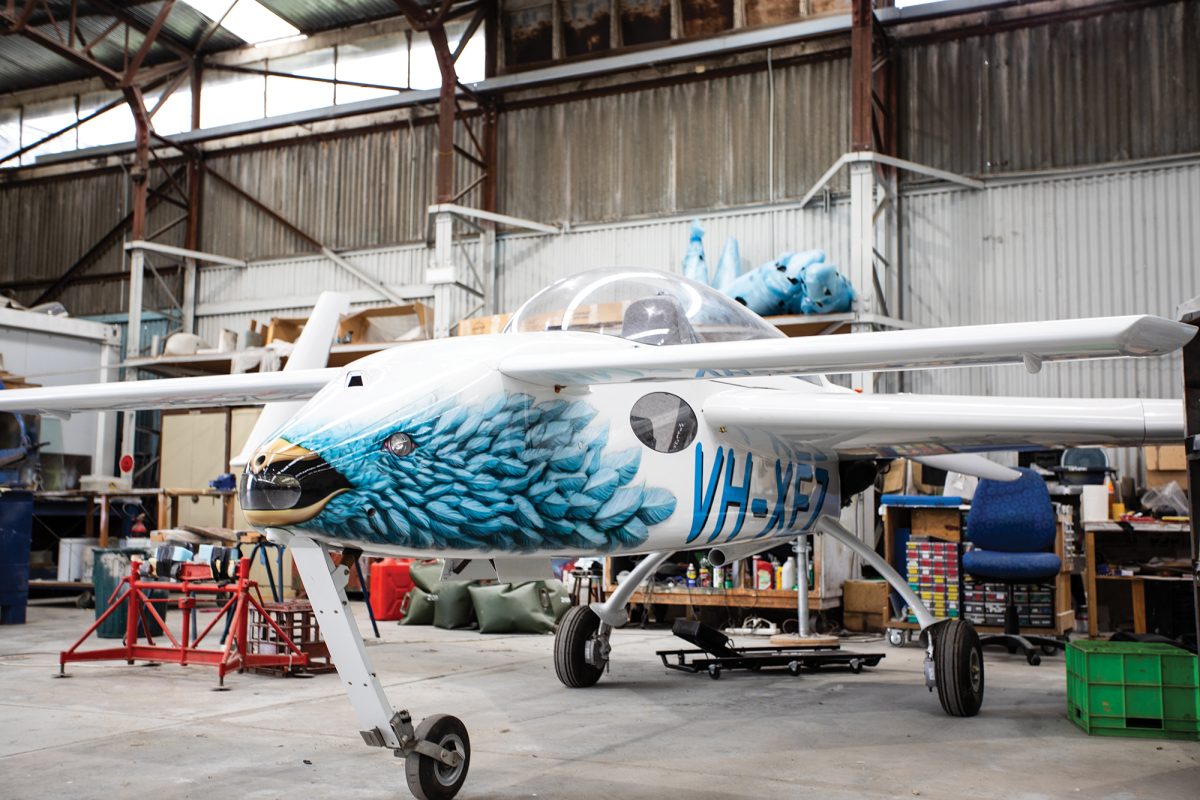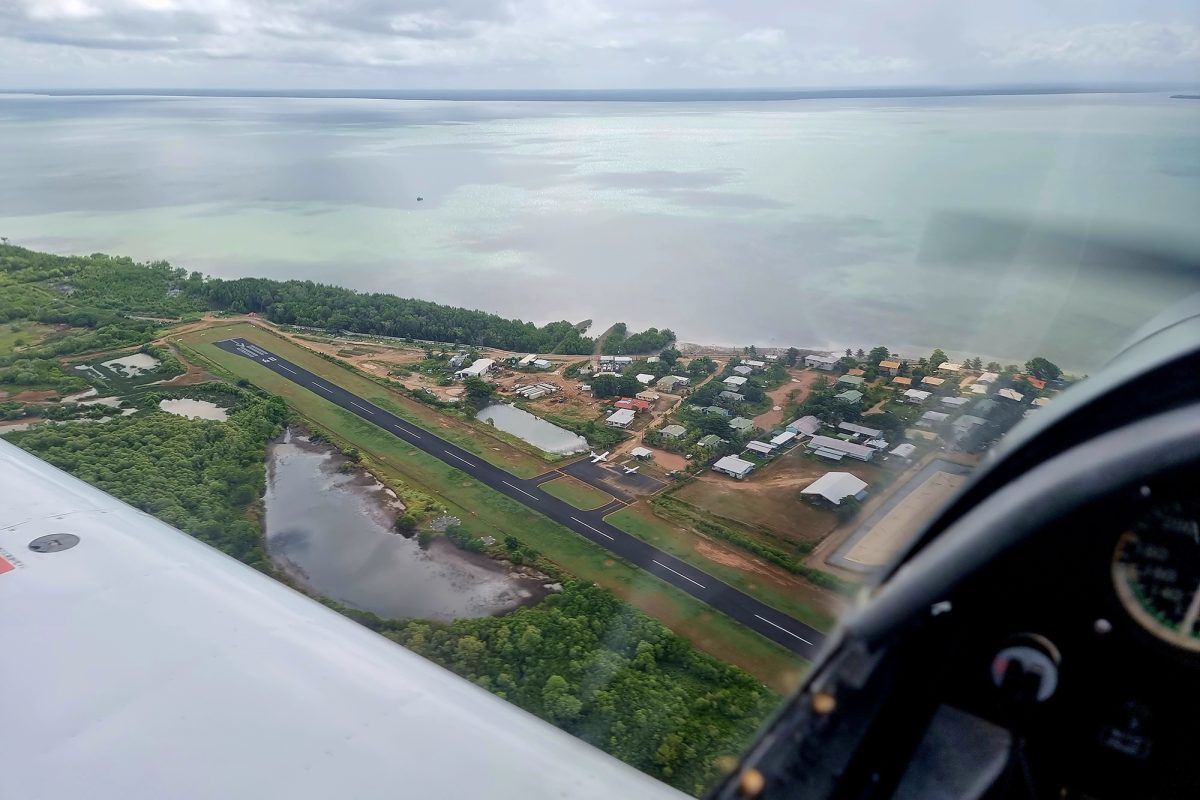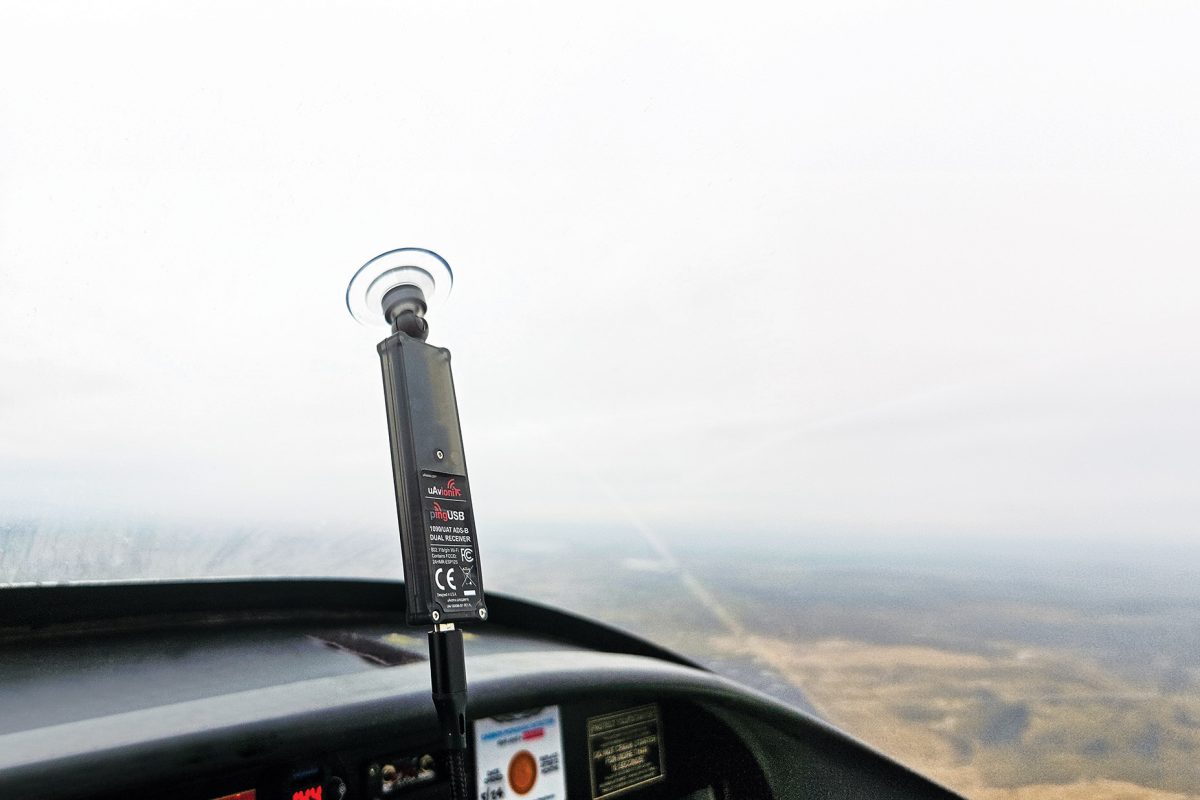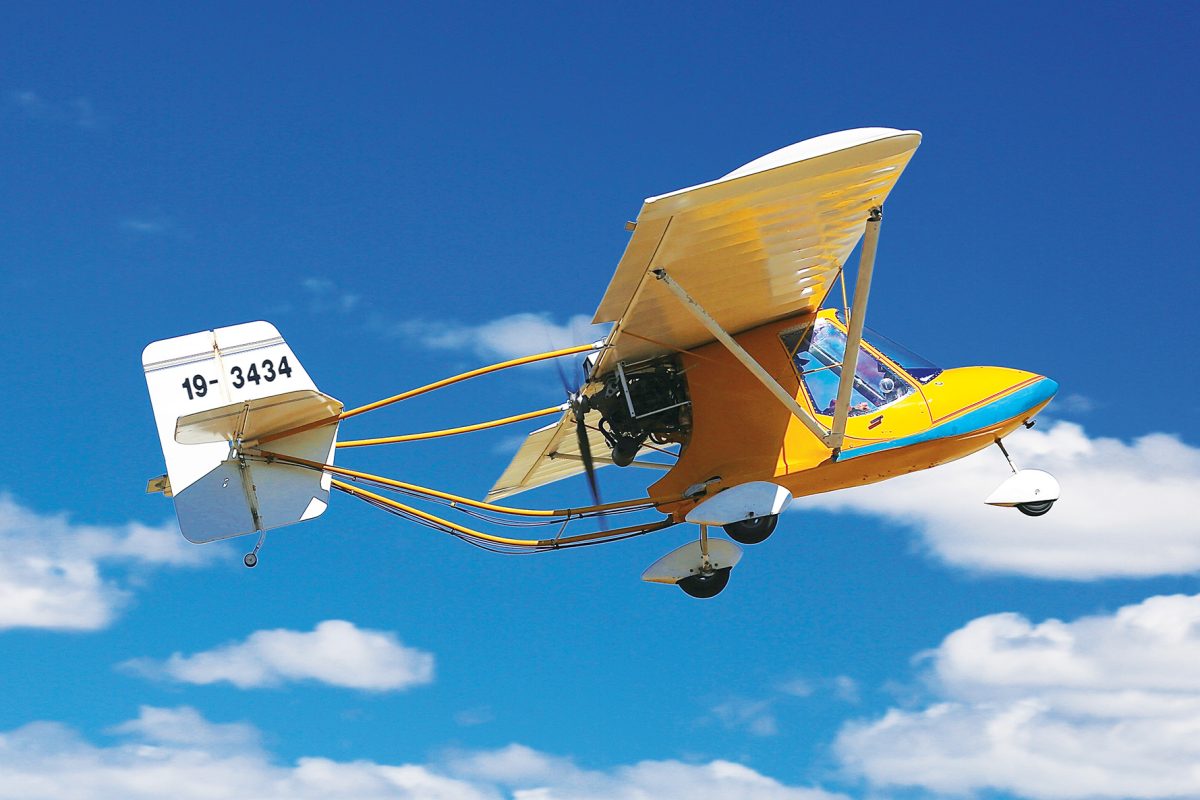ENSURING COMPETENCY IN FLIGHT TRAINING RECORDS
It was a cold, blustery afternoon. The shivers were only getting worse as the pilot began extracting himself from the now less-than-pristine aircraft. Bystanders were running toward him, the daze of what just happened reverberating in his mind. “How did I get this so wrong?” he thought. “I’ve done a few crosswind landings, I thought I’d nailed them. The instructor said I would be OK, and I just went solo last week so I must be good enough, right?” But deep down, he already knew the terrible truth.
As bystanders rushed to check on the ruffled pilot, the wave of embarrassment was rising. So too was the nagging truth; in the rush to progress, confidence had overtaken competence. You might now be thinking “what in a windsock has this got to do with training records?” To understand this, let’s go back through the pilot’s training records, and see if this incident could’ve been avoided. Effects of Controls, Straight and Level, Turning, Climbing, and Descending were all filling the logbook nicely at a total dual airtime of 3.3 hours. The log read “Pilot understands basic concepts and will improve with practice. Stalls and circuit intro next.” Fast-forward two months. After a winter break, stalling was completed. “Pilot understands the stall and was able to apply recovery actions with minimum height loss. Needs more work on maintaining heading in pre-stall configurations. Ready for circuits next.” The early morning slots were working a treat, with five hours of circuits under his belt and the occasional “engine failure” exclamation from the instructor. It seemed that special day when he could first go solo would soon be here. One spring morning, our intrepid pilot got to celebrate that momentous moment. The serenity of the still morning air only interrupted by a fist pump and congratulatory shout outs. The training record read “Consecutive dual circuits were to good standard with only minor prompting on final, solo circuit completed. Solo checks and more solo to follow.”
Now, many will look at this tale and say “so what’s the problem? Nothing to see here.” Let’s think about other endeavors in our own life; riding a bike, driving a car… it’s all the same. Just when we think we’ve got something, experience comes along to smack us down. In most cases it won’t hurt, but aviation is different. When a student pilot gets something right it generally means they have a basis to replicate the required actions. Repetition of these actions build habits, and habits build behaviours. However, there is one fundamental ingredient missing: exposure to variables.
Applying variables to any skillset is like triangulating a GPS. The more angles we approach something from, the more we can be certain of our position. The position we are triangulating in this case is competence. Whether it’s flying at different times of the day, different locations, different environments, or even landing on different slopes and surfaces; any time we change an external factor or scenario we get to apply and confirm our basic skills. The training syllabus and the associated record of training work hand in glove to ensure that fundamentals are built, then explored, tested and recorded along the way. It’s why the most minimalist requirements call for a specific skill to be observed and deemed competent and accurate on two or more occasions.
Fast progression in basic elements may look good in a student record and in the eyes of the progressing student, but it can never tell the whole story. Frustration in the circuit is often experienced but seldom recorded, and where comments are noted, they inevitably hark back to basic control management. Truly understanding the consequences and effective use of secondary effects and the control behaviors at different airspeeds can only be achieved by immersion in these skills in a range of scenarios. Students must be able to explore without intimidation and with safety. A CFI once told me they did a whole training flight in upper airwork with just the rudder being the focus, using it in a range of scenarios and configurations to fully understand it. Time well spent according to him, and many others who apply similar learning techniques.
Now back to our training record. Where in the training was runway alignment and heading issue truly unraveled? Was the understanding of changing control authority and purpose between rudder and aileron fully developed and assessed on multiple occasions and environments? Was that blustery afternoon really an appropriate environment given the student’s limited solo experience? Further, did the training and indeed the record reflect competency in handling crosswind approaches on numerous occasions?
The training record is more than just a journal of flights. It should provide a clear picture for both the training organisation and the pilot of their systematic development throughout the syllabus. Every journey will be different and the factors that influence progression will be varied. It is critical that records reflect this variance, so instructors and students can look back and understand where gaps in learning may exist.
Interpreting the codes and comments is a skill that requires clear and deep understanding by instructors, to map the most effective path for each student. It’s why the new Instructor Syllabus has a whole element devoted to training records and administration for instructors. Finally, there is a legal requirement for student training records. RAAus continues to remind flight training schools of the importance of accurate and compliant training records, but equally important is the value that an effective training record can bring to the school and the pilot. The written word may not seem that important at the time, but as the annals of history show us, it is often the yardstick by which we are judged and remembered.
